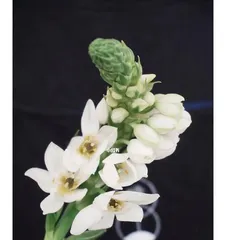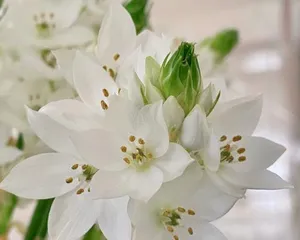In today's era of accelerating urbanization, people are paying increasing attention to greening and environmental protection. When selecting plants, in addition to focusing on aesthetics and variety, it is also necessary to consider the plant's growth habits and adaptability, especially in special situations such as insufficient sunlight or indoor landscaping, where shade-tolerant plants are more practical and convenient. Japanese Privet is an excellent choice for planting in such situations.

Overview and Environmental Requirements of Japanese Privet
Japanese Privet is native to South America and is an evergreen shrub that is warm-loving, cold-tolerant, and shade-tolerant, belonging to the berry fruit category. Its suitable growth temperature is between 15°C and 25°C. It is not demanding on soil and can adapt to various soil types. It also has a strong adaptability to dry environments.
Growth Habits and Main Characteristics of Japanese Privet
Japanese Privet is a slow-growing shrub that can reach a height of about 2 to 3 meters, with a rounded crown. Both the branches and leaves of Japanese Privet are purple, which is not only beautiful but also provides a more vivid visual effect. The root system of Japanese Privet is also well-developed, allowing it to survive and thrive in various soil environments.

Propagation Methods and Suitable Seasons for Japanese Privet
The propagation methods for Japanese Privet include seed propagation and stem cutting propagation, with the latter being more common. Stem cutting propagation is generally carried out between March and June, requiring the selection of healthy, pest-free branches as propagation material.
Care Tips and Precautions for Japanese Privet
During its growth process, Japanese Privet needs to keep the soil moist, but it should not be overwatered. It requires moderate fertilization and pruning weekly to maintain a neat canopy and good ventilation. It is also necessary to prevent and control the invasion of pests and diseases.
Application Value and Main Uses of Japanese Privet
Due to its beautiful and vibrant purple color, Japanese Privet is often used for courtyard greening, streetscape greening, and landscaping. In addition, the fruit of Japanese Privet also contains certain nutrients and can be eaten or used to make juice.

Advantages and Disadvantages of Japanese Privet and Comparison with Other Plants
The main advantages of Japanese Privet lie in its beauty, ease of care, and strong resistance to adversity, while the disadvantage is its slow growth rate. Compared to other plants, Japanese Privet has more advantages and practicality in adapting to various environments and occasions.
Price and Market Situation of Japanese Privet
Currently, the price of Japanese Privet on the market is relatively stable, generally ranging from 20 to 50 yuan. At the same time, many gardening companies or individuals also offer sales and related services for Japanese Privet.
Application of Japanese Privet in Indoor Landscaping
Due to its good shade tolerance and aesthetic appeal, Japanese Privet is also gaining favor in indoor landscaping. Through rational configuration and use, indoor spaces can be made more comfortable and beautiful.
Medicinal Value and Main Efficacies of Japanese Privet
According to scientific research, Japanese Privet has certain medicinal value and can be used to treat symptoms such as colds and coughs. It also has effects such as clearing heat, detoxifying, and providing antioxidants.
Cultural Connotations and Symbolic Meanings of Japanese Privet
In South America, Japanese Privet is regarded as a symbol of happiness, joy, and freedom. Its purple flowers and leaves are often used in folk activities and celebratory occasions.
Maintenance Tips and Common FAQs for Japanese Privet
In the process of caring for Japanese Privet, some problems are often encountered, such as yellowing or withering of leaves. In such cases, it is necessary to adjust the environment and apply moderate fertilization to manage the situation.
Unique and Special Features of Japanese Privet
Compared to other plants, the purple flowers and leaves of Japanese Privet appear more vibrant and unique, and it also has stronger adaptability and tolerance.
Detailed Planting and Care Methods for Japanese Privet
Regarding the planting and care methods for Japanese Privet, aspects to pay attention to include soil, fertilizer, watering, pruning, pest prevention, and more.
How to Reasonably Use Japanese Privet for Landscaping Design
In landscaping design, Japanese Privet can be used as an important component of the landscape through reasonable configuration and pairing, serving to beautify and enhance the overall effect.
As a shade-tolerant plant, Japanese Privet not only has a beautiful appearance and attractive purple color but also performs excellently in terms of growth adaptability and maintenance. In both urban and indoor landscaping, Japanese Privet is an excellent plant worthy of promotion and use.